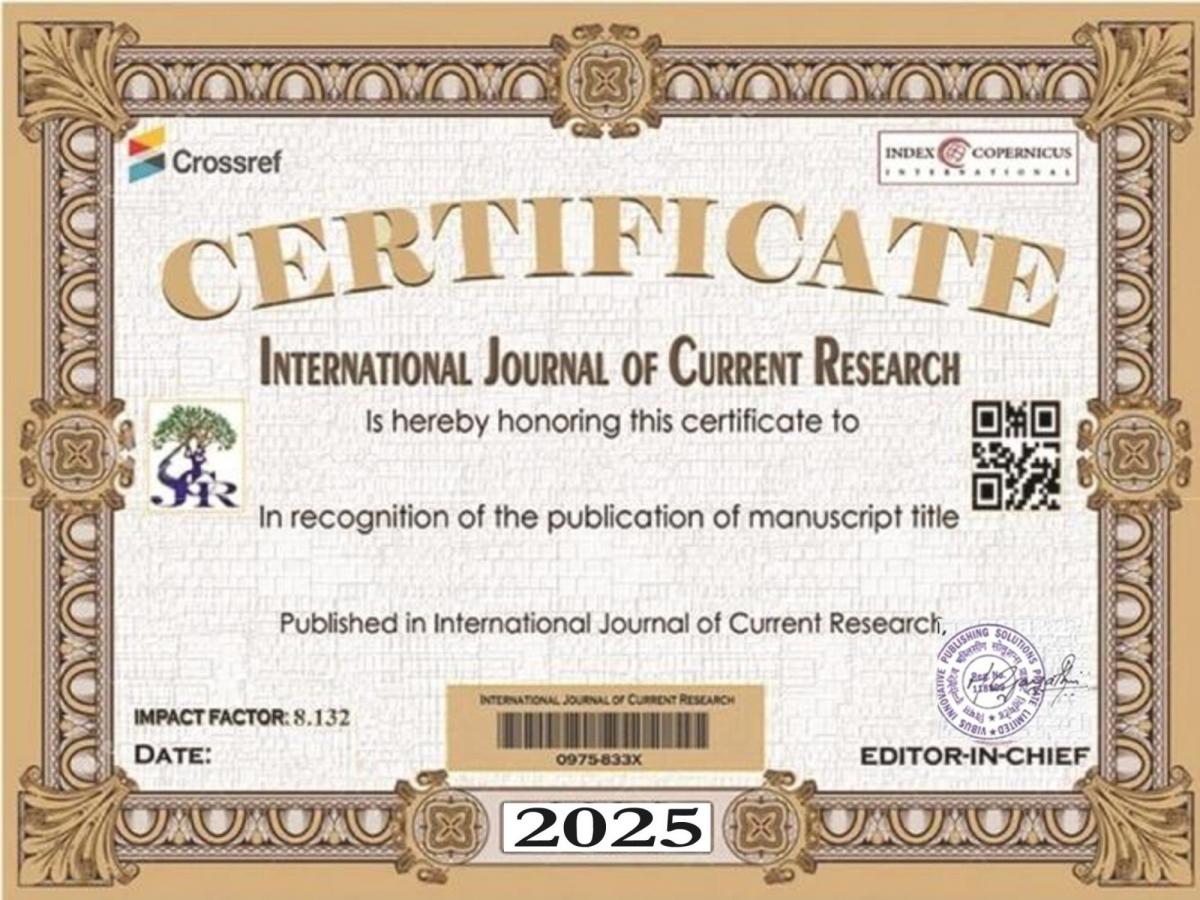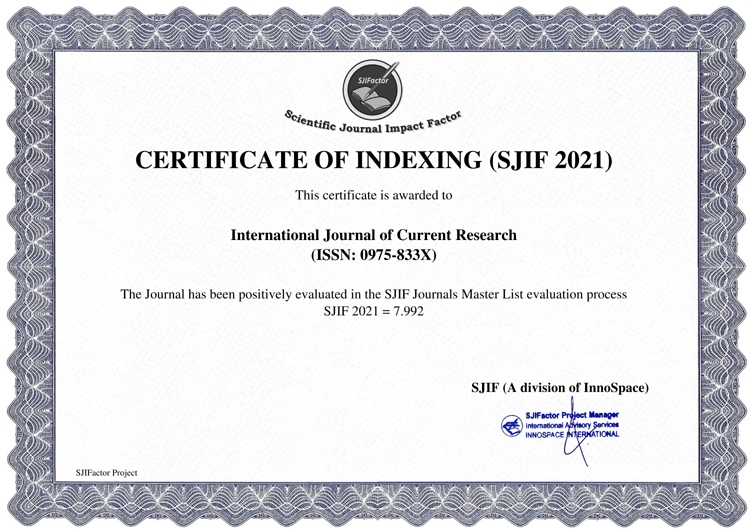The quantitative phytochemical analysis, proximate composition and level of some nutrients of Beta vulgaris (Beet root) were studied using standard analytical method. Result of the quantitative phytochemical analysis indicates the presence of alkaloids (128.889), steroids (16.4), glycosides (0.652), flavonoids (6.417), terpeniods (115.5), saponins (3.789), and acidity level (5.227) all in mg/100g. Proximate composition analysis of Beta vulgaris (Beet root) indicates that it contains 1.35, 0.3, 1.9, 2.56, 87.4 and 1.4 % of protein, fats and oils, dietary fibre, total fibre, moisture, and ash value respectively, β-carotene (11.64 mg/100g) and energy (42 kcal). The elemental analysis also indicates the presence of the following minerals: iron, magnesium, copper, sodium, potassium, manganese, calcium and zinc in these ratio 0.76, 18.60, 0.08, 73.60, 31.20, 0.86, 13.80 and 0.29mg/100g respectively. Vitamins found were vitamin A (2.6μg/100g), vitamin K (3.2μg/100g), vitamin C, vitamin E, vitamin B3, vitamin B6, vitamin B2, vitamin B, panthotenic acid and cholesterol (4.36, 0.18, 0.35, 0.03, 90.053, 0.034, 0.151 and 0.04 mg/100g respaectively). This result reveals that the root contain appreciable amounts of nutrients that justifies its use in treatment of different ailments.





